Indonesia Wildlife Adventure, a sprawling archipelago with over 17,000 islands, is a treasure trove of biodiversity. Its varied ecosystems range from lush rainforests to deep blue seas, creating habitats for an array of exotic creatures. The nation’s commitment to conservation helps safeguard this natural wealth, which includes numerous endemic species found nowhere else on Earth. Embark on an Indonesia wildlife adventure and immerse yourself in the splendor of its unique flora and fauna.
Overview of Indonesia’s Varied Ecosystems

From the misty mountain highlands to the vibrant coral reefs, Indonesia’s ecosystems are as diverse as they are expansive. The tropical rainforests of Borneo and Sumatra harbor an astonishing array of wildlife, while the savannas of Nusa Tenggara host unique species adapted to drier conditions. Beneath the waves, the Coral Triangle is a marine paradise teeming with life. Each habitat plays a critical role in supporting Indonesia’s complex web of life.
Indonesia’s Conservation Efforts and Wildlife Protection
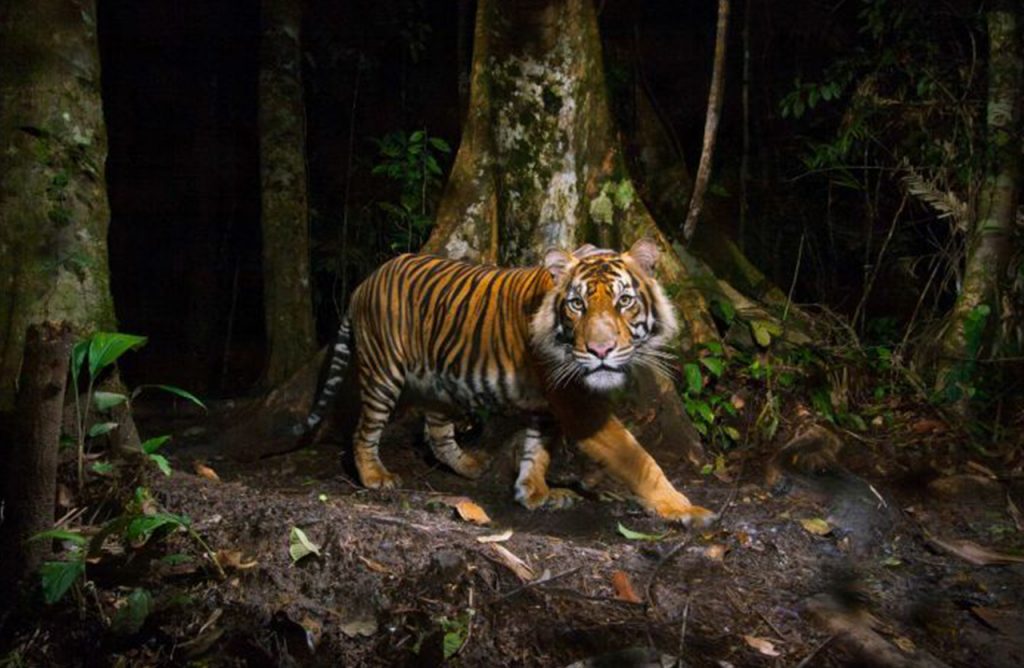
Indonesia recognizes the importance of its natural heritage, implementing robust conservation strategies to safeguard diverse ecosystems. The government collaborates with international organizations and local communities, establishing protected areas and wildlife sanctuaries. Efforts include anti-poaching initiatives, habitat restoration projects, and endangered species breeding programs. Eco-tourism also plays a vital role by providing sustainable economic incentives for conservation while fostering environmental awareness among visitors and residents alike. These measures are pivotal in ensuring the survival of Indonesia’s unique flora and fauna for generations to come.
Sumatran Jungles and Orangutans
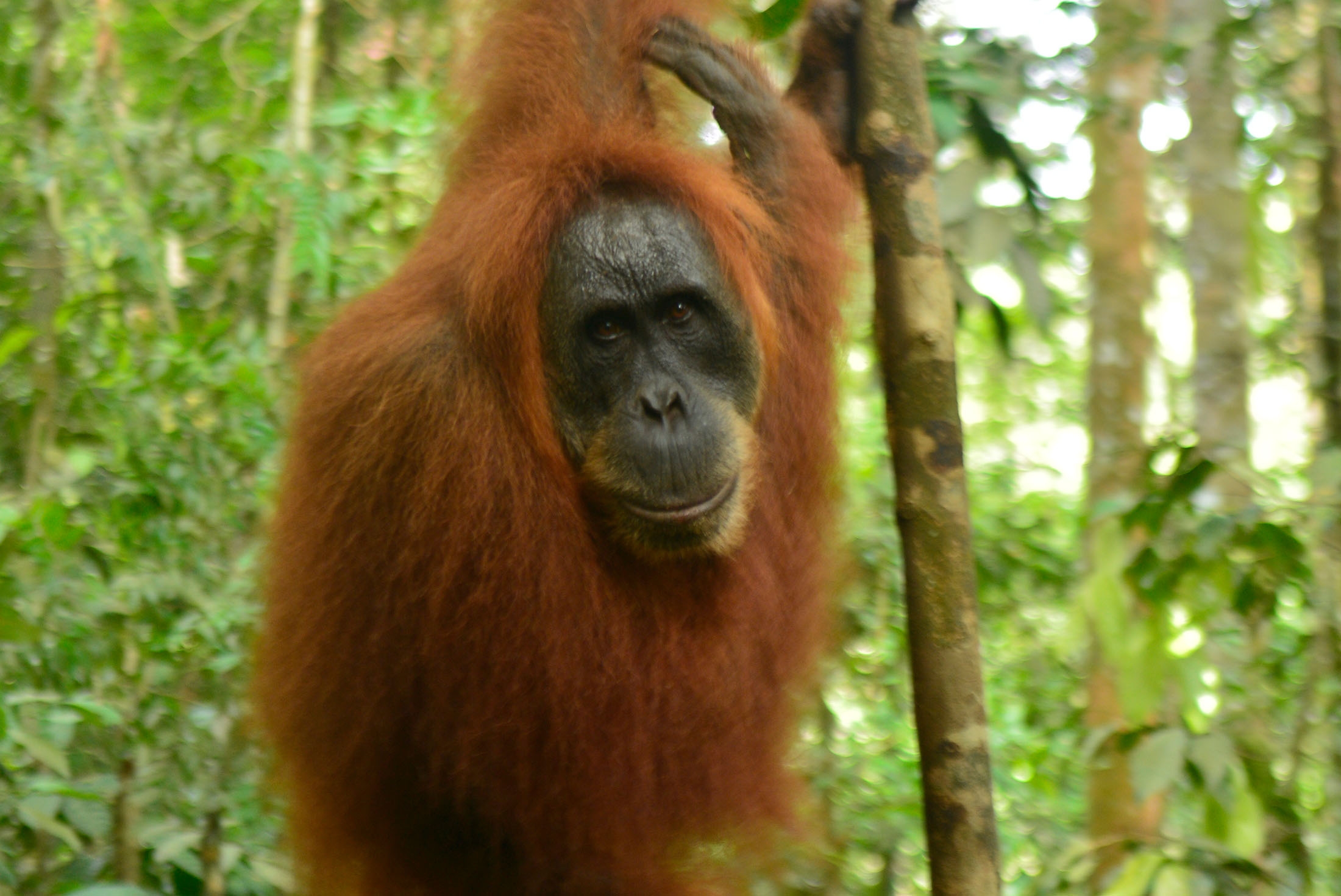
Venture into the heart of Sumatra’s lush jungles to witness the majestic orangutans in their natural habitat. These intelligent primates are critically endangered, and Sumatra offers one of the last refuges for observing them up close. Trek through dense rainforests echoing with wildlife calls; it’s a humbling experience that connects you profoundly with nature. Support local conservation efforts by choosing eco-friendly tours, ensuring your encounter contributes positively to the survival of these remarkable creatures and their forest home.
Exploring the Dense Rainforests of Sumatra
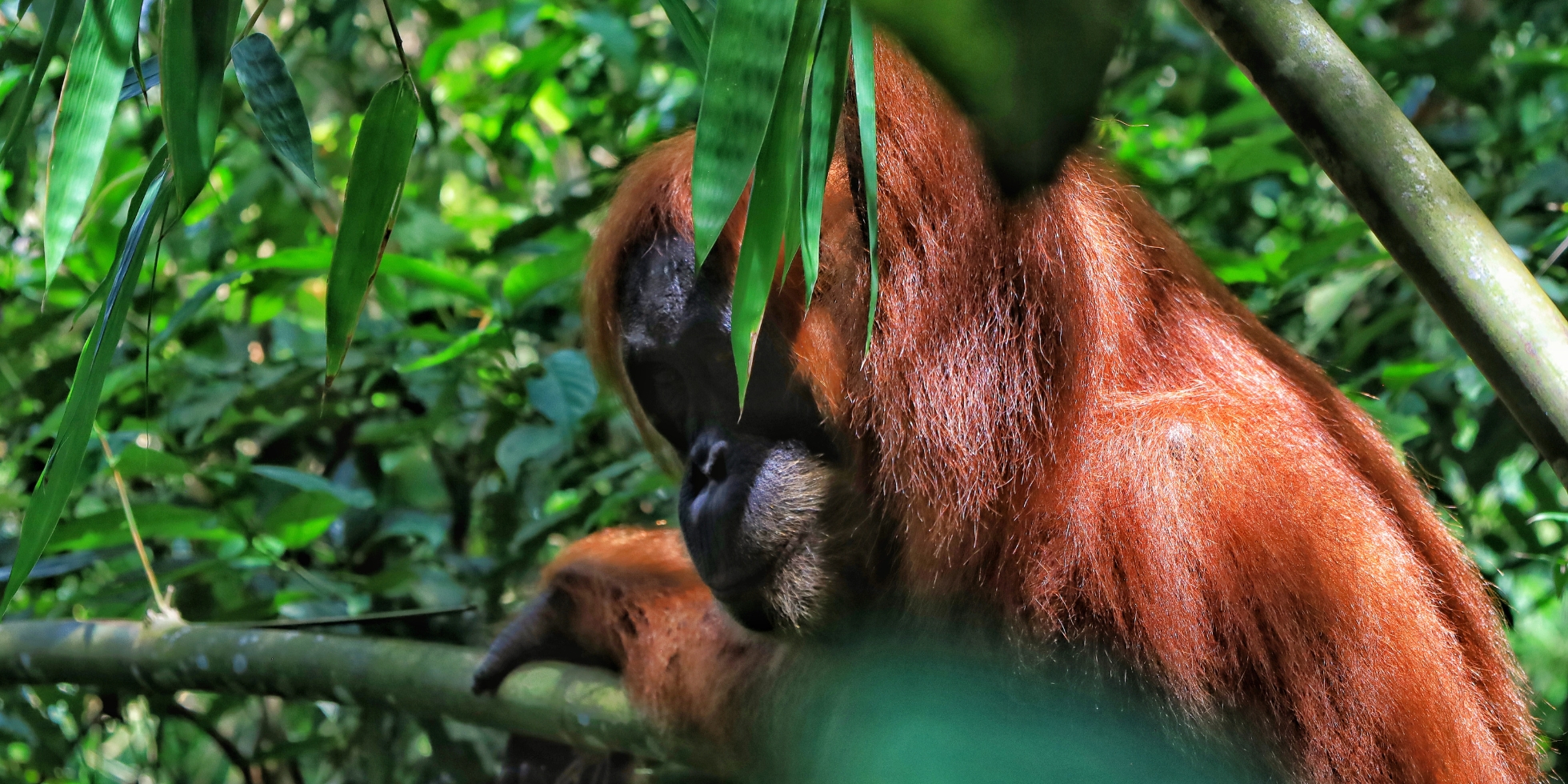
Embark on a journey through Sumatra’s dense rainforests, a treasure trove of biodiversity. As you traverse this verdant landscape, the air buzzes with the symphony of tropical birds and insects. Towering trees form a canopy that filters sunlight into dappled patterns on the forest floor. With each step, keep an eye out for unique flora and elusive fauna – from vibrant orchids to secretive tigers – all part of Sumatra’s rich ecological tapestry waiting to be discovered.
Encounters with the Endangered Orangutans

In the heart of Sumatra, a breathtaking experience awaits as you observe endangered orangutans in their natural habitat. These intelligent primates, with their distinctive red fur, are an enchanting sight as they swing through the rainforest canopy. Guided tours offer a respectful distance to watch orangutans feed and interact, providing a rare glimpse into their daily lives. Witnessing these creatures up close is not just memorable; it’s a stirring reminder of the importance of conservation efforts to ensure their survival.
The Mysterious Dragons of Komodo Island

Venture to the rugged terrains of Komodo Island, where prehistoric grandeur comes to life with the awe-inspiring Komodo dragons. As the world’s largest living lizards, they roam freely in their UNESCO-recognized sanctuary. In this land that time forgot, guided treks promise thrilling encounters as you witness these giant reptiles bask in the sun or hunt in the wild. It’s a primal spectacle that harks back millions of years—truly an unmissable highlight of any Indonesia wildlife adventure.
Discovering Komodo National Park

Nestled between the islands of Sumbawa and Flores, Komodo National Park serves as a sanctuary for its namesake dragons. Designated a UNESCO World Heritage site, this park spans multiple volcanic islands and is home to diverse marine life. Visitors are drawn to the park not only for its prehistoric inhabitants but also for world-class diving spots teeming with underwater wonders. The rugged hillsides, dry forests, and white sandy beaches provide a dramatic backdrop for nature enthusiasts and photographers alike.
Up Close with Komodo Dragons: The Ancient Reptiles

Venture into a prehistoric realm where the mighty Komodo dragons roam. These awe-inspiring lizards, the largest in the world, are descendants of a lineage that has existed for millions of years. Observing their imposing stature and calculated movements is an unparalleled experience. On guided tours, you maintain a safe distance but still feel the thrill of proximity to these ancient creatures in their natural habitat. Their survival is a testament to Indonesia’s rich heritage and biodiversity – truly a living wonder to behold.
The Bird Paradise of Raja Ampat

Navigating the Archipelago of Raja Ampat, you’re greeted by an avian symphony as myriad birds fill the skies with vibrant hues and melodic calls. This region is celebrated for its extraordinary bird-watching opportunities, showcasing species like the majestic Birds of Paradise. Eager enthusiasts can embark on guided treks through lush rainforests to witness these exotic creatures in their natural habitat. Captivating and almost otherworldly, Raja Ampat’s feathered residents are a spectacle that leaves nature lovers spellbound.
Navigating the Archipelago of Raja Ampat
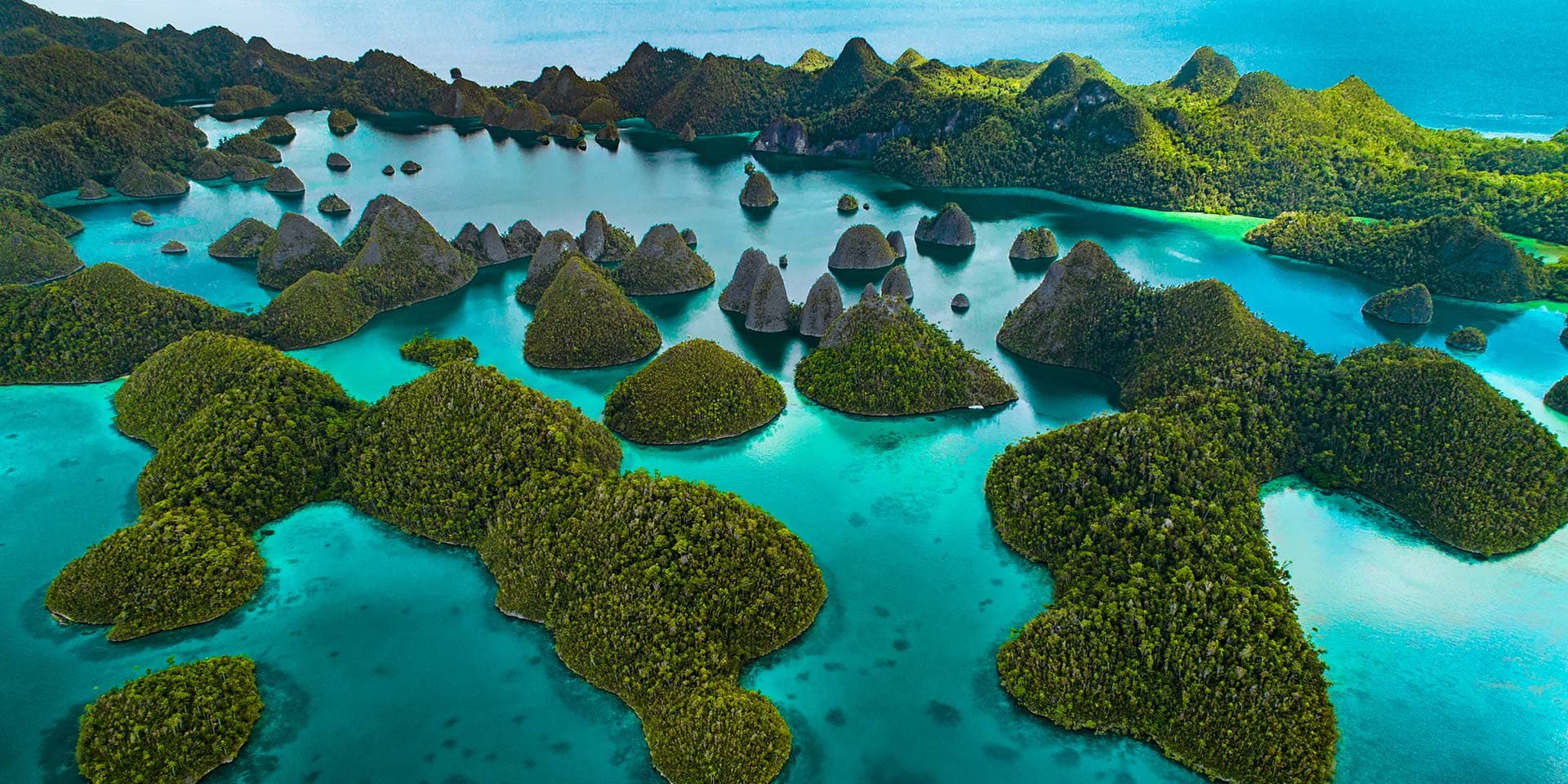
Embark on a journey through the emerald isles of Raja Ampat, an untouched paradise where the seas whisper secrets of ancient navigation. As you glide over crystal-clear waters, each island emerges like a gemstone, offering unique landscapes to explore. Steeped in history and local lore, this cluster of over 1,500 small islands promises adventures at every turn. Whether by boat or on foot along secluded beaches, you’ll discover why these islands are often hailed as one of the last frontiers of biodiversity.
Spectacular Bird-Watching Opportunities and Exotic Species

As you traverse the pristine landscapes of Raja Ampat, keep your eyes peeled for the region’s avian treasures. With over 500 bird species, including the radiant Wilson’s Bird-of-Paradise and the evasive Red Bird-of-Paradise, this archipelago is a must-visit for ornithologists and enthusiasts alike. Embrace the chance to spot these exotic creatures in their natural habitat, often found perched amidst dense tropical foliage or soaring above the islands’ rugged peaks – a truly mesmerizing wildlife spectacle.
The Unique Underwater World of Wakatobi

Dive into Wakatobi Marine Park’s crystal-clear waters to discover a vibrant tapestry of marine life. This area, nestled within the Coral Triangle, boasts one of the planet’s richest coral reef ecosystems. Snorkelers and divers marvel at over 900 fish species and 750 coral types. The park’s strict conservation measures ensure that this underwater paradise continues to thrive, offering mesmerizing encounters with sea turtles, manta rays, and myriads of colorful fish amidst sprawling gardens of soft and hard corals.
Diving and Snorkeling in Wakatobi Marine Park

Immerse yourself in the underwater splendor of Wakatobi Marine Park, a diver’s paradise. This protected area offers unparalleled visibility for observing the park’s diverse marine life. Glide over flourishing coral gardens that are home to an incredible variety of fish species. Whether you’re an experienced diver or trying snorkeling for the first time, Wakatobi provides a safe and stunning environment where you can witness nature’s aquatic ballet up close and personal.
The Colorful Marine Life of the Coral Triangle
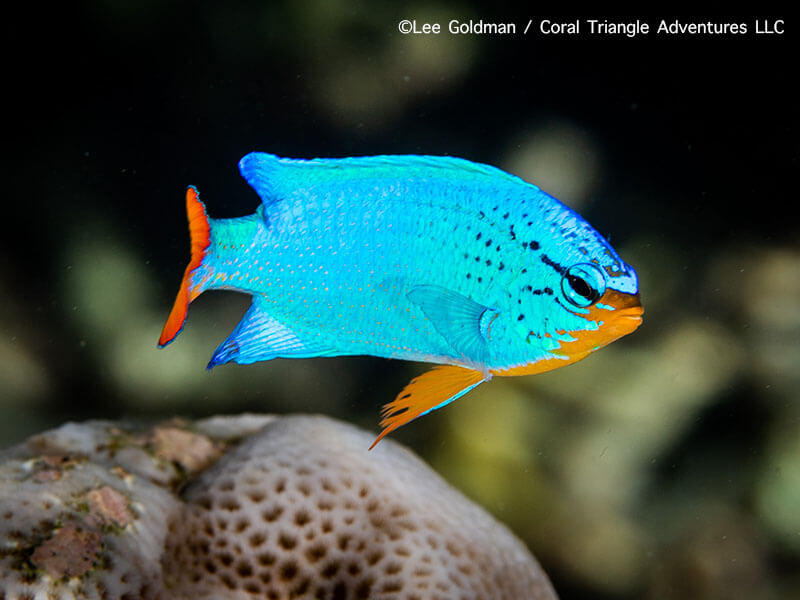
Discover a kaleidoscope beneath the waves in the Coral Triangle, an area recognized as the global center of marine biodiversity. This underwater Eden, often referred to as the ‘Amazon of the Seas,’ is teeming with life. It hosts over 500 species of reef-building corals and thousands of fish species. Divers are treated to vibrant scenes: neon clownfish darting among anemones, majestic sea turtles gliding by, and schools of shimmering fish weaving through elaborate coral formations—a truly mesmerizing aquatic tapestry.
Ecotourism and Preserving Indonesia’s Wildlife

Ecotourism plays a pivotal role in safeguarding Indonesia’s unique biodiversity. By engaging in responsible travel, visitors contribute to the protection of endangered species and their habitats. Sustainable practices help fund conservation projects and community development. When exploring this archipelago’s natural wonders, choose eco-friendly tours that minimize human impact. Your conscious choices can turn your adventure into a meaningful support for local efforts, ensuring future generations can also marvel at Indonesia’s rich wildlife heritage.
Challenges and Success Stories in Wildlife Conservation

Indonesia’s wildlife conservation faces significant hurdles, such as habitat loss, poaching, and the illegal wildlife trade. Despite these issues, there have been commendable success stories. Efforts to protect orangutans in Sumatra and Borneo have seen a slow but encouraging increase in their populations. Similarly, the critically endangered Bali starling has made a comeback due to rigorous breeding and release programs. These victories highlight that dedicated conservation initiatives can turn the tide for Indonesia’s threatened species.
How to Responsibly Experience Indonesia’s Wildlife Adventure

Embarking on an Indonesia wildlife adventure demands responsibility. Always choose eco-friendly tours that prioritize animal welfare and habitat conservation. Abide by park regulations, maintain a safe distance from wildlife, and refrain from feeding or disturbing the animals. Support local communities by selecting accommodations and services that contribute to sustainable development. By traveling with awareness and respect for nature’s delicate balance, you ensure your encounter with Indonesia’s exotic creatures is both memorable and ethical, safeguarding these natural wonders for future generations.
For More Blogs visit Hillw
